© Marion Mugs McConnell
As many of you know, I love nature. I am an avid backpacker and hiked with my sister the 4265 km Pacific Crest Trail in 1979 and 1980, and the 5000 km Continental Divide in 1983. Additionally, we rode our bicycles across Canada in 1981, and I rode my bike around England in 1984.
For my sister and me, it was never our goal to make these journeys as quick as possible, pounding out kilometre after kilometre as fast as we could. No. We wanted to “live” in the woods, hike at a reasonable pace, and take days off in beautiful places wherever we wanted to. It takes a lot of planning to arrange “food drops” and convenient locations, managing supplies in each food drop to accommodate the right number of days, having the right gear for varied terrains throughout the year, and mapping the best route.
I learned on these long-distance journeys not to put the important things in your life on hold. If you do, it will always be on your mind to “get back home to it”, and that adds unnecessary pressure on your journey. It also makes it impossible to “be here now”. For my sister, it was her art, so she brought watercolour supplies. For me, I needed to ensure my yoga practices were an integral part of my journeys.
YOGA ON THE TRAIL
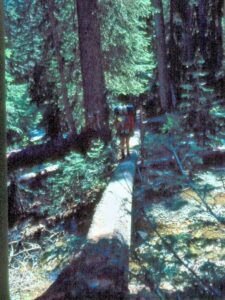
Mugs hiking across a river on a log, drying her clothes on her pack. 1983
Whether you hike 5000 kms or 50 kms, you can integrate your yoga sadhana (spiritual practices). Everyone needs to stop and rest numerous times a day so there is plenty of opportunity to meditate, breathe, and stretch out those muscles. On the Pacific Crest Trail, I had put aside the practice of yoga rather than using it for the benefit of the hike. Blending my yoga with my backpacking helped me learn how the two can complement each other.
To inspire me to practice yoga regularly on the Continental Divide journey of 9 months, I used the hike as an opportunity to do a personal study of the benefits of yoga for backpacking. Based on my physical or mental state I would choose the best yoga practices for the day. Also, the circumstances on the trail, such as terrain and weather conditions affected which postures or pranayamas to do. In different seasons and different terrains, different yoga routines became necessary. For a mat, I used the tarp that would go underneath our tent at night to keep us dry.
I presented my findings at the International Yoga Teachers Congress in Barcelona, Spain in 1984. These were my findings:
ASANAS ON THE HIKING TRAIL
Let’s start with some obvious areas places in the body that needed attention. The first areas that I found becoming stiff were my neck, shoulders, upper back, and hamstring muscles in the back of the thighs. Carrying a 50lb pack all day undoubtedly will affect these areas and so they need to be continually stretched. Although the weight of the pack is supported by the waist belt, the pack will still pull at the upper part of the body, and one tends to lean forward to compensate for the heavy load. The legs are the lower support of carrying this weight step after step, kilometre after kilometre.
The yoga postures most helpful for this are: (note: there were no mats, props or modifications done by me for these asanas. Please know that every body is different and needs to be accommodated accordingly.)
Sarvangasana (shoulderstand): This eased the congestion and stretched out the muscles in the neck and shoulders. This opened across my chest, countering the “leaning forward” to balance the weight of a heavy backpack.
Halasana (plough): The upper spine, neck, and lower back get nicely stretched out, as well as the hamstring muscles in the back of the legs.
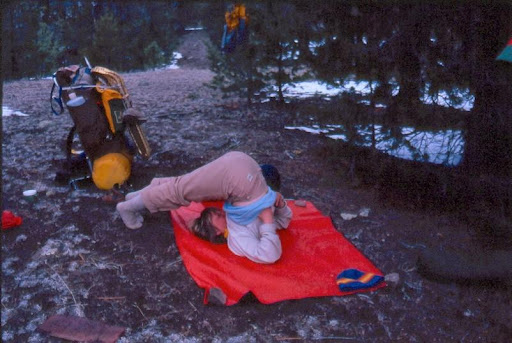
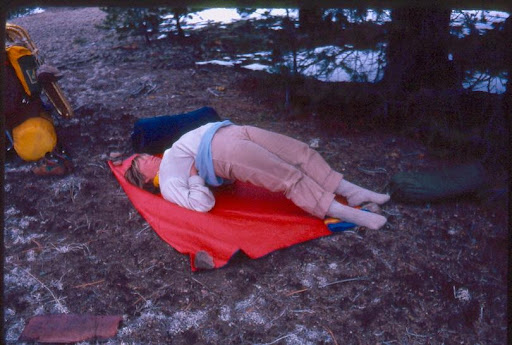
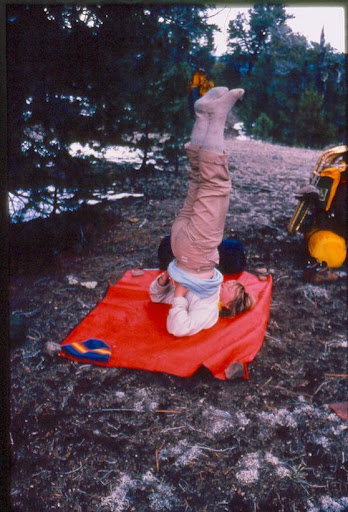
Sethu Bandhasana (bridge): This asana opens the chest, stretches the shoulders, and strengthens the wrists. The wrists tend to stiffen from using an ice axe or walking stick all day long. The thoracic spine is stretched to counter the rounded shoulders while carrying the backpack. Note the legs are extended out and allowed to relax. This opens the hip flexors in the front of the pelvis, countering tightness and shortening due to hiking for numerous hours a day.
To be continued….
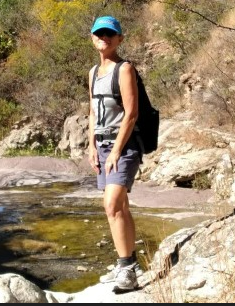
Marion Mugs McConnell is the co-founder of SOYA and the SOYA Yoga Teacher Training program. She is an avid backpacker, hiker, and yoga student. She is the author of Letters from the Yoga Masters: Teachings Revealed through Correspondence from Paramhansa Yogananda, Ramana Maharshi, Swami Sivananda, and Others, published by North Atlantic Books copyright © 2016 ISBN 978-1-62317-035-6.
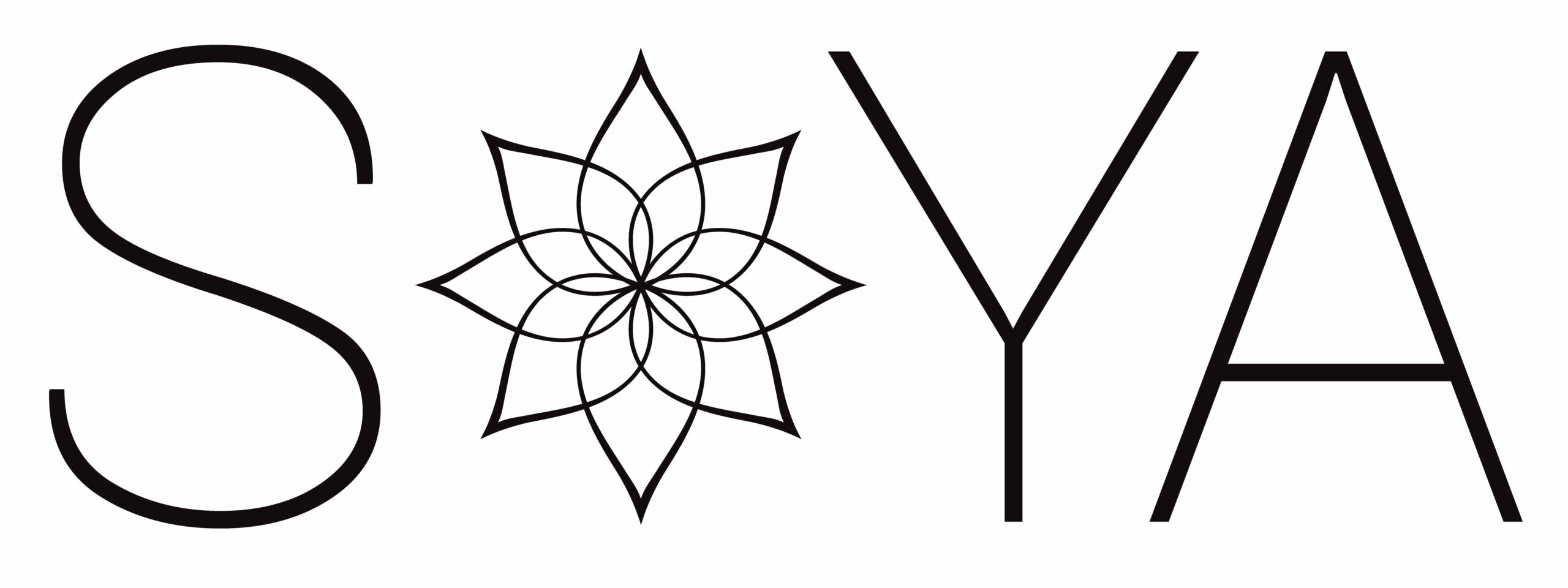
Recent Comments